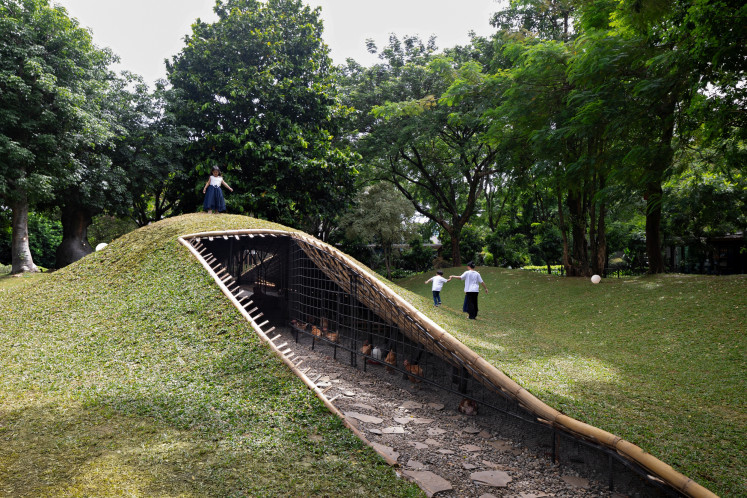Popular Reads
Top Results
Can't find what you're looking for?
View all search resultsPopular Reads
Top Results
Can't find what you're looking for?
View all search resultsFirst guide for sculpting Asian faces published as demand rises in region
International team publishes first guide for facial procedures as demand rises in region.
Change text size
Gift Premium Articles
to Anyone
The shape of your face may seem an inborn and permanent thing, as rigid as your skull.
But people are figuring out that they can make modifications to look younger and more attractive.
Aesthetic doctors in Singapore are seeing increasing numbers of both men and women turn up for injections and ultrasound to change their face shape.
This is different from procedures such as double-eyelid surgery and nose jobs, which alter just the individual features of the face.
The popularity of face-shaping treatments in the region has prompted an international team of 12 researchers and aesthetic doctors to publish a set of recommendations for facial modifications that are targeted at Asians.
The recommendations, published last month in the Journal Of Clinical And Aesthetic Dermatology, cover aspects of treatment from consultation and diagnosis to treatment and follow-up monitoring.
They lay out, for different parts of the face, treatments that are recommended or should be avoided.
Procedures covered range from botox injections so as to shrink facial muscles, fillers to augment features, and ultrasound.
Read also: Students borrowing money for cosmetic surgery
Dr Matthew Yeo, a consultant plastic surgeon at Tan Tock Seng Hospital, said Asian faces tend to be broad while Caucasian faces are typically long and narrow, hence the need for Asian-specific recommendations.
He added that squarish faces due to bulky muscles in the lower part of the face are particularly common in Chinese people, for example.
The first-of-its-kind recommendations, which are not compulsory, could be a useful reference for doctors here, given that some are seeing more patients who want face-shaping treatments.
Dr Tan Ying Chien, a consultant at The Sloane Clinic Plastic Surgery Centre, said the number of such patients has increased about 10 per cent a year over the past five years - and almost all of them are Asians.
Dr Tan, who welcomed the recommendations, explained that Asian patients prefer a sharper, more three-dimensional look.
Previous Caucasian-centric recommendations were lacking, as Caucasians tend to seek facial treatments less for beautification and more for fixing age-related problems like drooping eyelids, he said.
However, Dr Tan noted that it remains the doctor's call to choose which technique to use, according to the patient's budget and specific problems.
"Ultimately it depends on the doctor's eyes... you can't change what you can't see. There is an artistic side to it, like building a house."
Read also: A girl group promises to publicize ‘before and after’ of plastic surgery
Dr Chua Jun Jin, a consultant plastic surgeon at JJ Chua Rejuvenative Cosmetic & Laser Surgery, agreed that most Asians, whether male or female, prefer slimmer faces.
However, he noted that there are many methods for sculpting the face, which come with different results, recovery times and risks.
"The recommendations are useful for junior doctors to start off with their aesthetic practice, when they have limited experience," he added.
One of those who have undergone a face-shape treatment is Jenny (not her real name), a patient of Dr Tan's.
The 34-year-old secretary, who is single, has botox injections twice a year to soften the contours of her squarish jaw. It costs about $600 for each session.
The jabs leave no marks and take less than 30 minutes. Results can be seen in about a month, she said.
Now she is more confident when being photographed, and she can see the difference in the pictures.
"Friends have commented that I seem to have lost weight but I actually didn't," she said.
This article appeared on The Straits Times newspaper website, which is a member of Asia News Network and a media partner of The Jakarta Post











